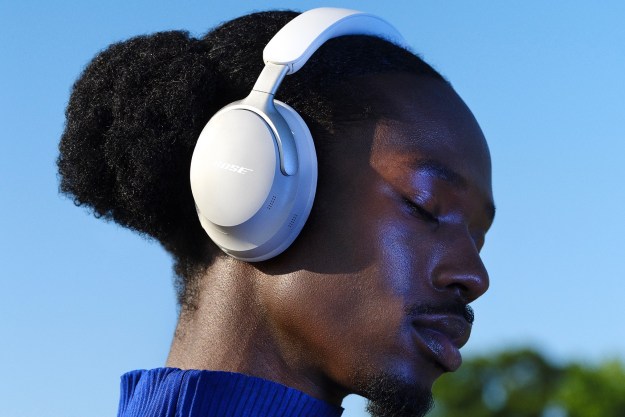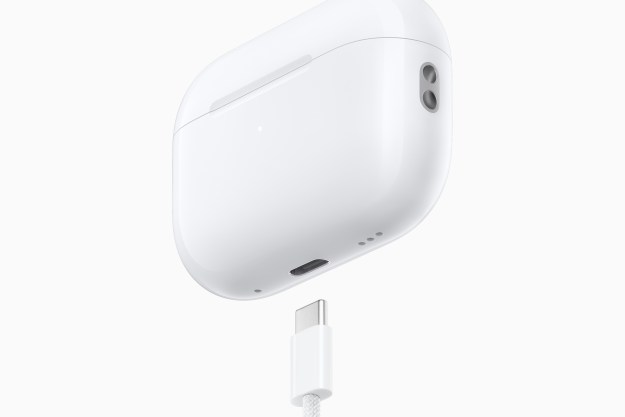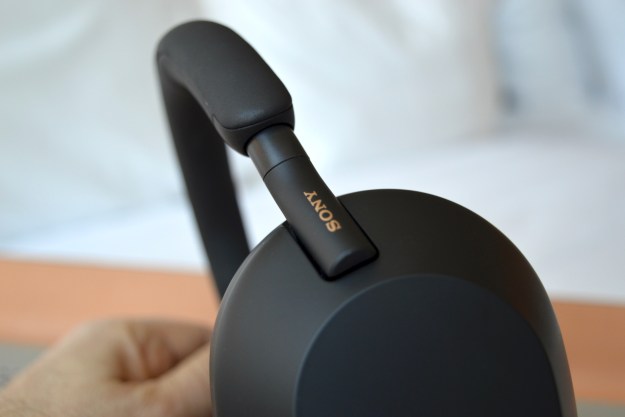Qualcomm has revealed its next-generation Bluetooth chips for makers of wireless earbuds and headphones, and the company predicts that 2022 will be the year that we see a whole slew of new innovations like lossless hi-res audio, audio sharing, lower latency, and Bluetooth broadcasting come to our phones and personal audio gear.
The giant mobile chipmaker says that its two new sound platforms, S3 and S5, will be provided to customers like Yamaha, Cambridge Audio, Master & Dynamic, and Audio-Technica — just to name a few — and that we can expect to see the first S3- and S5-based products by the second half of 2022.
These wireless earbuds and headphones will offer features that have never been available before, but there is a catch: The new features enabled via the S3 and S5 chips require a phone or other source device equipped with Qualcomm’s Snapdragon Sound technology. Several mobile companies like Samsung, Motorola, and OnePlus make Snapdragon Sound handsets, but two very big players — Apple and Google — don’t incorporate it. And given Apple’s reluctance to license Qualcomm’s aptX family of Bluetooth codecs, we don’t see that changing any time soon.
So what will the combination of the S3/S5 chips and a Snapdragon Sound device bring us that we don’t already have? Here’s the scoop.
Lossless audio
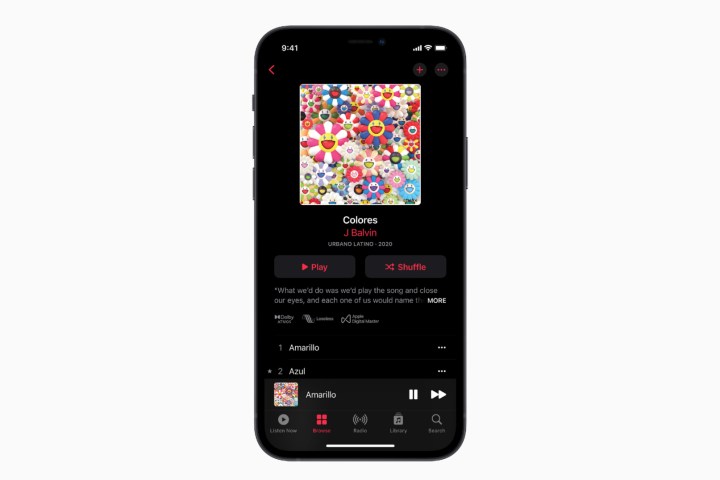
Ironically, it’s probably Apple’s addition of lossless audio to its Apple Music streaming service that makes this feature a headliner. At the moment, advanced Bluetooth codecs like Sony’s LDAC and Qualcomm’s own aptX-HD can deliver very high quality wireless audio streams to earbuds and
But neither LDAC nor aptX-HD are considered lossless — they both remove some information from the original audio track in order to transmit it over the limited bandwidth of Bluetooth. Qualcomm says its S3/S5/Snapdragon Sound combo will provide lossless, 16-bit CD quality, as well as lossy support for hi-res, 24-bit/96kHz audio tracks. That’s a big step up for wireless audio. In the past, a set of wired earbuds or
When the first S3/S5 products arrive, it will be the first time Apple Music subscribers will get to hear those lossless tracks on wireless products, and yet, they’ll need a non-Apple phone to do it.
Lower latency
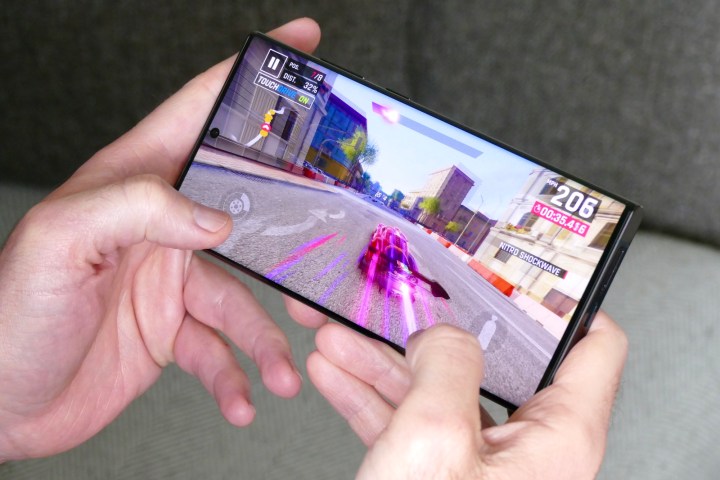
Bluetooth connections have always involved some latency — the gap in time between when the audio is transmitted and when you actually hear it — but in most day-to-day use, it’s not a problem. Unless, that is, you’re a gamer. In some games, that latency (up to 300 milliseconds) can be long enough that it impairs your ability to react quickly. And as they say, you’re either quick or you’re dead.
Qualcomm says the new sound platforms will drop latency as low as 68 milliseconds, which it claims is 25% faster than its previous generation of products. While 68 milliseconds may not be quite the 5 to 10 milliseconds you can get from a wired connection, it’s at least viable for many gaming applications.
Enhanced sharing

Qualcomm’s chips will also enable key features introduced by the new Bluetooth LE Audio standard, including audio sharing and Bluetooth broadcasting. With audio sharing, you’ll be able to set up a private stream, and let a specified number of earbuds or
With Bluetooth broadcasting, you’ll be able to turn your phone into a miniature Bluetooth radio station. Anyone within Bluetooth range (as long as they have an S3 or S5 set of
Another first for wireless earbuds will be the ability to record stereo sound using the mics from both earbuds. At the moment, only one mic is used for acquiring audio for phone calls and recordings.
Better noise cancellation
The S3 and S5 chips will feature Qualcomm’s third-gen active noise cancellation (ANC) technology. The company claims it will do a better job than the previous versions when it comes to both ANC and transparency modes, including the ability to react to changing conditions like wind noise or a poorly fitting earbud or headphone. These features will also consume less power.
Better calls
Finally, the two sound platforms are expected to improve what it’s like to have a phone call with someone who’s using these new products. Qualcomm says your voice will sound more natural thanks to “super wideband” voice quality, and that up to three mics can be used for echo canceling and noise suppression.
Editors' Recommendations
- Cambridge Audio’s first AirPods Pro competitor has lossless audio, massive battery life
- Ifi says its latest portable DAC restores the missing quality in digital audio
- Sennheiser Momentum True Wireless 4 debut with lossless audio, but skip the spatial trend
- Qualcomm’s new Wi-Fi chips are poised to revolutionize wireless audio
- Dali says its latest wireless headphones achieve electrostatic levels of clarity


